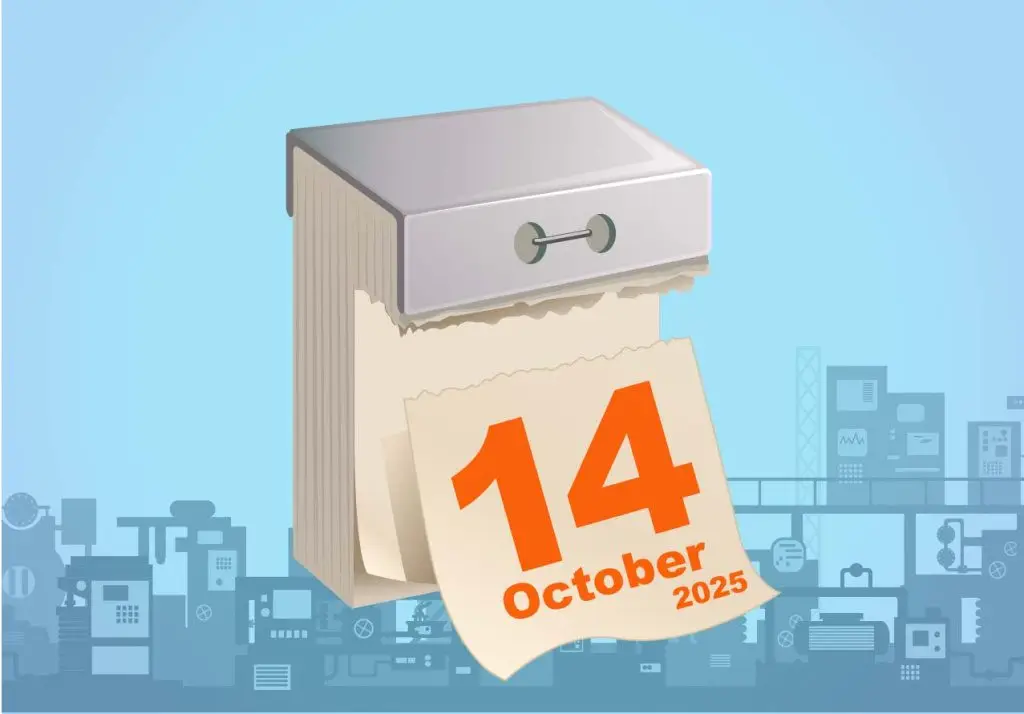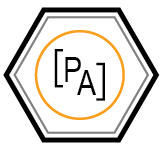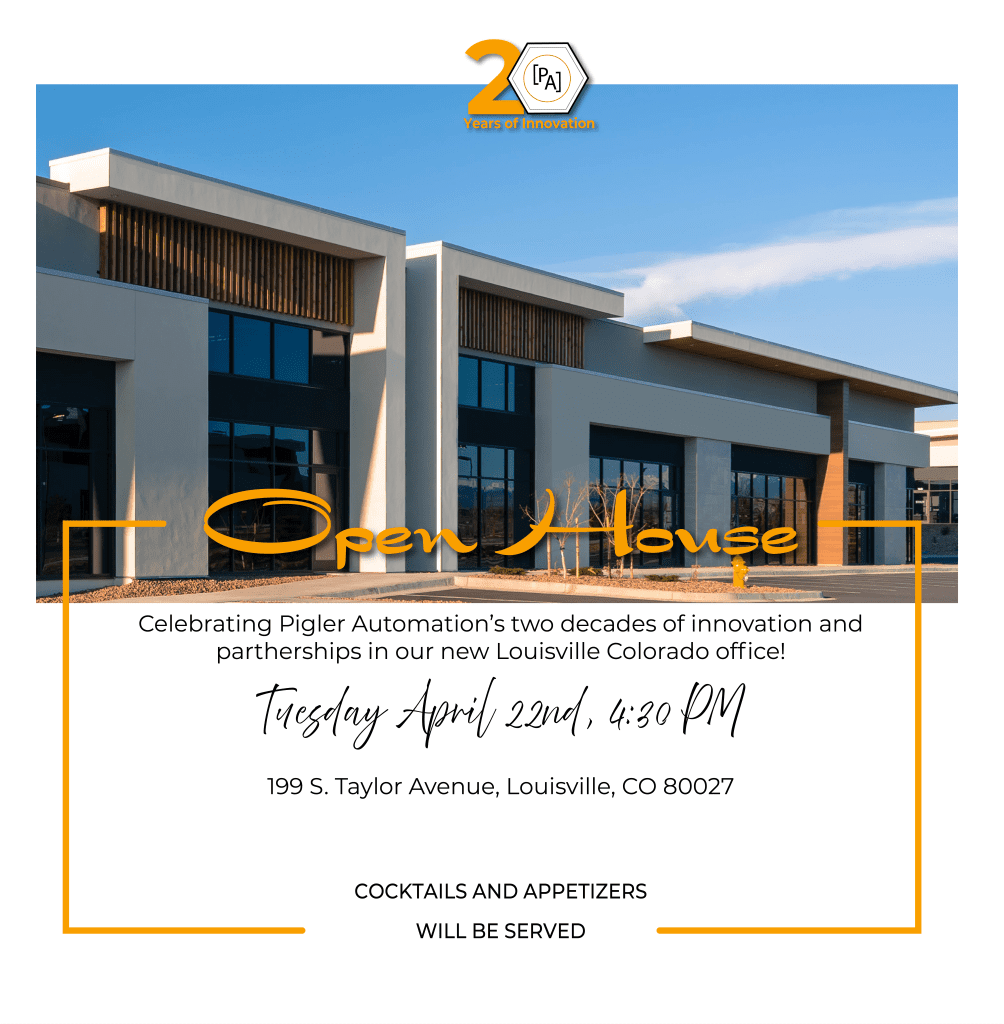What it Means, What's at Risk, and What You Can Do Today
Windows 10 support will officially end on October 14, 2025. While that might sound like plenty of time, the countdown has already begun for industrial automation teams.
In a world where uptime, security, and system compatibility are critical, the upcoming EOS date carries significant implications—especially for plants and facilities that rely on Windows-based control systems, HMI/SCADA software, and legacy applications tightly bound to specific OS versions.
This post examines what Windows 10 EOS means for industrial environments, why upgrading to Windows 11 isn’t always straightforward, and how you can start preparing now to avoid disruption. We’ll also explore a real-world example: the recent Rockwell + Windows 11 compatibility issue that surprised many users.

Why Windows 10 End of Support Is a Big Deal
Once Windows 10 reaches the end of support, Microsoft will no longer provide:
-
-
- Security updates or patches
- Bug fixes
- Technical support
-
In the consumer world, that might mean a prompt to upgrade. But in industrial automation, the implications are far more serious:
-
-
- Cybersecurity risks rise dramatically when patches stop.
- Compliance violations can occur in regulated environments (e.g., pharma, utilities).
- IT and OT conflict increases, as IT departments push for upgrades that may not be compatible with legacy control systems.
-
Automation systems often run on longer life cycles than typical IT environments. It’s not uncommon for a plant’s HMI or engineering workstation to run the same OS for 10+ years. But with Windows 10 support ending, action will be required—and doing nothing isn’t an option.
Upgrading to Windows 11? Not So Fast
In theory, moving to Windows 11 solves the EOS problem. But in practice, industrial automation software isn’t always ready for that leap.
Most industrial applications—especially older versions—are certified only on specific operating systems. Even minor OS changes can result in:
-
-
- Driver incompatibility
- Failed installations
- Broken runtime environments
- Licensing or activation errors
-
What Industrial Automation Teams Can Do Now
Identify all systems running Windows 10 in your operation.
Categorize them by criticality (e.g., safety systems, engineering workstations, HMIs).
Note what automation software is installed and which OS it officially supports.
Set up a test environment using Windows 11 (ideally, the latest build).
Begin validating your core applications—don’t wait for a vendor to do it for you.
If your vendor hasn’t released Windows 11 support yet, subscribe to updates and stay in the loop.
If a complete OS upgrade isn’t feasible yet, consider virtualizing Windows 10 systems to isolate them from the wider network.
Implement network segmentation and hardening to reduce exposure
Coordinate with IT to ensure a timeline is in place.
Identify systems that can be upgraded now versus those that need more planning.
Include modernization in the conversation—this could be the right time to replace outdated hardware or rethink your architecture.
What Industrial Automation Teams Can Do Now
Identify all systems running Windows 10 in your operation.
Categorize them by criticality (e.g., safety systems, engineering workstations, HMIs).
Note what automation software is installed and which OS it officially supports.
Set up a test environment using Windows 11 (ideally, the latest build).
Begin validating your core applications—don’t wait for a vendor to do it for you.
If your vendor hasn’t released Windows 11 support yet, subscribe to updates and stay in the loop.
If a complete OS upgrade isn’t feasible yet, consider virtualizing Windows 10 systems to isolate them from the wider network.
Implement network segmentation and hardening to reduce exposure
Coordinate with IT to ensure a timeline is in place.
Identify systems that can be upgraded now versus those that need more planning.
Include modernization in the conversation—this could be the right time to replace outdated hardware or rethink your architecture.
Turning a Risk into an Opportunity
While Windows 10 EOS presents immediate challenges, it also offers a chance to step back and reassess your automation environment’s long-term health and flexibility.
Now is the time to:
-
-
- Consolidate legacy hardware
- Evaluate SCADA/HMI platforms for modernization
- Adopt virtualized or containerized architectures
- Future-proof your systems against the next round of OS changes
-
Summary: Key Takeaways
-
-
- Windows 10 will end Support on October 14, 2025. After that, there will be no more patches, fixes, or technical help.
- Risks in industrial automation environments include cybersecurity gaps, compliance violations, and broken compatibility with control systems.
- Upgrading to Windows 11 isn’t always plug-and-play—many platforms (like Rockwell) aren’t fully compatible with newer builds yet.
- Act now:
- Audit and prioritize Windows 10 systems
- Start compatibility testing in a safe testbed
- Explore virtualization or segmentation as temporary solutions
- Coordinate a phased migration plan with IT and vendors
- This isn’t just a risk—it’s an opportunity to modernize, consolidate, and future-proof your automation stack.
-
Don’t wait until October 2025. Let’s develop a plan to keep your systems secure, compliant, and future-ready.
Not Sure Where to Begin? Start With AUDITIQ™
Windows 10 end of support isn’t just an IT issue — it’s a direct threat to the stability and security of your industrial systems. And the longer those systems go unpatched or unplanned, the harder (and riskier) the upgrade becomes.
That’s where AUDITIQ™ comes in.
Our system-level assessment is designed to help you:
-
Identify every device still running Windows 10 in your control environment
-
Evaluate risk exposure based on hardware, software, and criticality
-
Develop a clear, phased strategy for migrating to supported platforms — without compromising uptime
👉 Learn more about AUDITIQ™ or contact us to schedule a cybersecurity and modernization review.
The deadline is coming. Let’s make sure your systems are ready before it’s too late.


